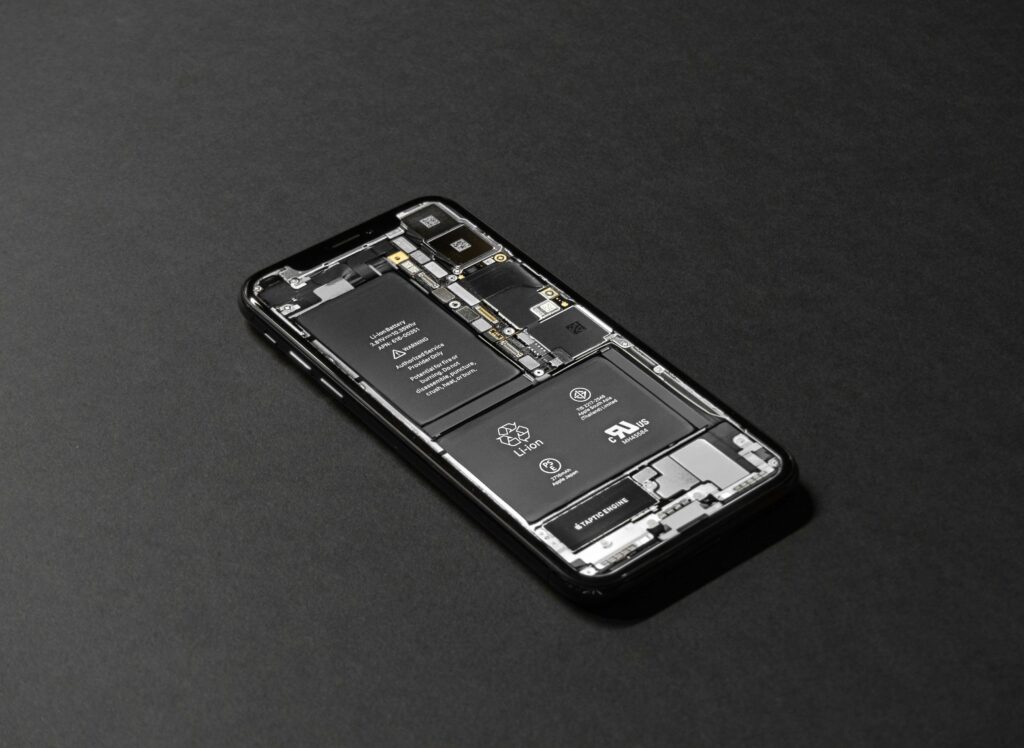| Apr 04, 2025
Trending

Generative AI and mobile integration are rapidly transforming how we interact with technology in our daily lives. From content creation to intelligent assistance, generative AI is no longer limited to research labs—it’s now accessible on smartphones and embedded into mobile applications across industries. As this powerful technology becomes increasingly mobile-first, it opens up new possibilities for personalized user experiences, real-time content generation, and smarter app functionality. This article explores the evolution, applications, and future of Generative AI and mobile integration in today’s digital ecosystem.
Generative AI refers to artificial intelligence models that can generate new content such as text, images, music, and even code. Tools like ChatGPT, DALL·E, and Midjourney exemplify this trend. When integrated into mobile platforms, generative AI becomes a real-time, on-the-go assistant, helping users write messages, design visuals, brainstorm ideas, or translate conversations—directly from their phones.
Mobile integration allows these AI capabilities to be embedded seamlessly into existing apps, operating systems, and workflows. As a result, users don’t just consume content on mobile—they now co-create and interact with it more intelligently than ever before.
Mobile apps now enable users to generate emails, captions, blog posts, or code using AI directly on their devices. This boosts productivity, especially for content creators, marketers, and students.
AI models adapt in real-time to user preferences, tone, and history—delivering more relevant suggestions, designs, or responses based on context.
With voice-enabled AI and chatbots powered by generative models, mobile apps are becoming more intuitive, human-like, and responsive in dialogue.
Users can prompt generative AI using voice, text, or images—leading to seamless interactions between various inputs and outputs.
Designers and creators use generative AI in mobile apps for inspiration, sketches, music composition, or branding ideas—directly from a phone or tablet.
Apps like Gmail and WhatsApp integrate AI to draft messages or suggest replies, saving time and effort.
Instagram, TikTok, and LinkedIn now experiment with AI-generated captions, hashtags, and even personalized filters.
Canva, Adobe Express, and similar apps allow users to generate images or layouts using prompts on mobile devices.
Language apps like Duolingo are integrating generative AI to simulate conversations or create practice exercises tailored to the learner.
Mobile chatbots use generative AI to provide instant, accurate answers and troubleshoot issues based on natural language inputs.
Users will dictate ideas and receive real-time content creation via voice prompts—ideal for writers, marketers, or busy professionals.
Generative AI will personalize and dynamically populate AR/VR environments accessed via mobile devices.
Each user will have an AI “companion” within their mobile OS that understands their routines, language style, and daily goals.
Mobile apps will soon create mini-tools or scripts based on your needs, like a daily planner or financial tracker, generated by AI.
Generative AI and mobile integration are ushering in a new era of digital interaction—one that is intelligent, dynamic, and user-centered. As smartphones become not only platforms for consumption but also creativity and communication, AI’s role in mobile becomes more critical than ever.
Developers and businesses that embrace this integration will gain a competitive edge in personalization, engagement, and innovation. The future of mobile isn’t just smart—it’s creative, conversational, and powered by generative intelligence.
Stay ahead with the latest trends! Subscribe now to receive exclusive insights, industry news, and timely updates straight to your inbox. Don’t miss out on valuable content—join us today